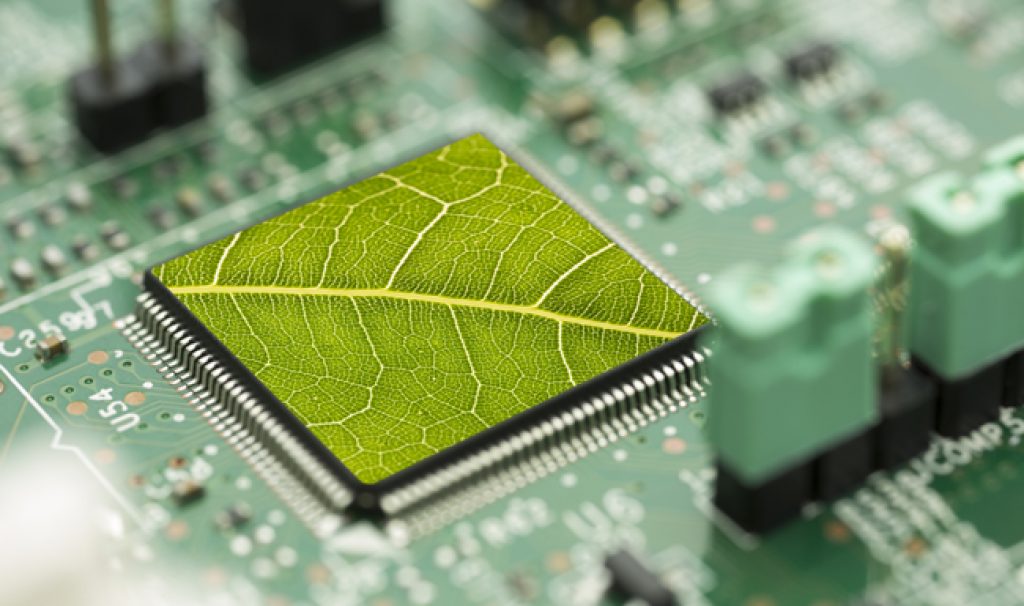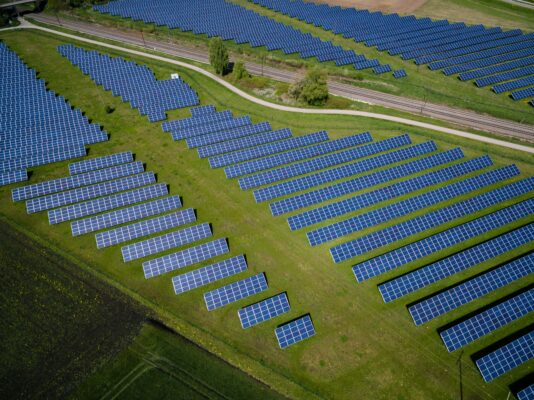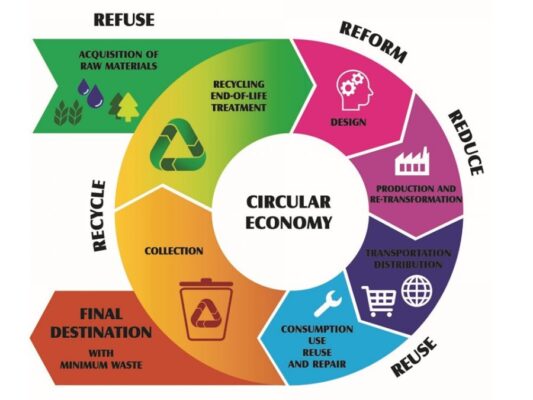
We live in an era where science and technology have drastically changed every aspect of the human experience. On the flip side, it is also the decade where climate change has accelerated at an unprecedented rate. If the cost of technological development comes with the price of losing out on natural resources, then the future of human civilization is at risk.
It is easy to list down all the ways technological advancement has harmed the environment. However, when you look at it from a different perspective, technological advancements are also driving sustainable development across the world by improving efficiency, increasing transparency, and reducing waste. With growing concerns about climate change and its impact on the planet, there has been a surge in the adoption of sustainable technologies. Here are some of the ways tech and digitization are driving sustainable development –
Renewable Energy Management

Digitization has enabled easy management of renewable energy sources such as solar and wind. Digital technologies such as sensors, IoT, and analytics allow the optimization of renewable energy production and reduce energy waste while improving the efficiency of renewable energy sources. Digitization can furthermore, reduce our dependency on fossil fuels and increase the use of renewable resources contributing to sustainable development.
Smart Agriculture

Digitization has revolutionized the agriculture sector by enabling precision agriculture. Precision agriculture uses digital technologies such as sensors, GPS, and analytics to optimize crop management, reducing water usage and improving yields. The amalgam of technology and agriculture is yet to be fully realized in India. However, in a country where 58% of the Indian population depends on agriculture for their livelihood, it doesn’t seem far away when digitization reaches every corner of the agricultural landscape in India.
Eco-Friendly Manufacturing

Digitization has enabled the manufacturing industry to become increasingly eco-friendly. Digital technologies like automation and AI help reduce waste, optimize production processes and improve efficiency. More and more smartphone manufacturers in today’s time use recycled plastic while making eco-friendly packaging choices. Digitization has proven to help reduce the environmental impact of the manufacturing industry and improve the sustainability of production processes.
Circular Economy

Digitization has enabled the development of a circular economy. A circular economy is an economic system that aims to eliminate waste and promote the reuse of materials. Digitization can help enable the sharing economy, promoting the reuse of products and reducing waste. The sharing economy enables consumers to share products, reducing the need for purchasing new products and promoting sustainability.
Reducing Carbon Footprint

Digitization has helped reduce the carbon footprint of various industries by enabling remote work and virtual meetings. Remote work allows employees to work from home, reducing the need for commuting and reducing the amount of greenhouse gas emissions. Virtual meetings also reduce the need for travel, reducing the carbon footprint of business travel. By adopting digitization, businesses can significantly reduce their carbon footprint, contributing to sustainable development.
There are no two thoughts about the fact that the advancement of technology and sustainable development can go hand in hand. Humanity stands at a very crucial point right now which decides whether our future generations get to see a world where a sense of environment still stands true and strong. While we all can only do our little parts to leave the world a little better than when we arrived here, it still plays a major role in the bigger picture.

